We have been hearing that Electric cars are the future, but how do electric cars work? Are there different types of motors? Are there other types of electric vehicles? If you have these problems, then you have come to the right place. Let us interpret the electric revolution.
Types of Electric vehicles
With increasing pollution and rising fuel prices, there is an urgent need to switch to cleaner transportation methods, prompting automakers to conduct research and investment in the automotive field.
different types of Electric Vehicles! What are they?
You must have seen different types of electric vehicles especially electric cars on the market, some are all-electric, and some use IC motors. So what category do they belong to? Electric vehicles are divided into three categories:
- Battery electric vehicles (BEV).
- Plug-in Hybrid Electric Vehicles (PHEV)
- Hybrid Electric Vehicles (HEV).
Let’s take a closer look at the types of electric vehicles

Battery Electric Vehicle (BEV)
These are those that you name a completely electric-powered car. This electric-powered car kind does now no longer incorporate every other supply of actuation aside from automobiles and batteries.
There is zero-emission in such vehicles. The battery is charged via an outside supply of energy including a DC speedy charger or AC chargers.
On average, the BEVs take around eight hours to get absolutely charged with the usage of an AC charger. This time may be decreased to at least one hour the usage of a DC speedy charger.
These types of electric vehicles have a range from 250kms to 500kms depending upon the battery capacity and the motor. Some of the 4-wheeler BEVs in India are Tata Nexon EV, Hyundai Kona Electric, Mahindra eKUV100, MG ZS EV, and more.
2-wheeler BEVs in India include Ather 450, TVS iQube, Bajaj Chetak Electric, and many other startups are planning to launch by the end of this year.
Hybrid Electric Vehicle (HEV)
This type of electric vehicle can use both fuel and electricity. Electricity is generated by the vehicle’s braking system. The heat generated by the brake is converted into electrical energy.
This conversion process is called regenerative braking. The engine is used to start the power plant. The propeller is then repaired by the internal combustion engine. This will ensure better fuel consumption. Like the engine, the operation of the engine is controlled by the ECU.
Some hybrid vehicles in India are Toyota Prius Hybrid, Honda Civic Hybrid, and Toyota Camry Hybrid. Maruti Suzuki also recently launched its hybrid system for selected models.
Plug-in Hybrid Electric Vehicle (PHEV)
These types of hybrid electric vehicles can use regenerative braking or an external power source to charge the battery.
The hybrid vehicle drives at a speed of approximately 3-4 km/s before starting the engine. The PHEV can accelerate to 65 km/s before the electric motor provides the help needed to drive the electric vehicle.
India has the following PHEV variants: Mahindra e-Verito, BMW i8, and Volvo XC90 T8.
Which type of Electric vehicle You Should Buy an Electric Vehicle or a Plug-In Hybrid?
If you want to buy a new car that focuses on the latest fuel economy technology, you might choose between plug-in hybrids and electric vehicles (EV). We will study the advantages and disadvantages of each method to help you make a decision.
Plug-In vs. Electric: What’s the Difference?
Before discussing the pros and cons of electric vehicles and auxiliary equipment, it is important to understand the difference between the two types of vehicles.
Plug-in hybrids are exactly what their name implies: plug-in hybrids. For example, Cadillac ELR, Chevrolet Volt, and Toyota Prius plug-ins.
Basically, plug-in cars use two different drive trains. There is an electric motor that allows the driver to travel a certain limited distance (usually 30 to 40 miles), and there is a traditional gasoline engine that starts when the electric motor fails.
On the other hand, electric cars are completely electric, which means they don’t consume any gasoline. Ford Focus Electric, Nissan Leaf, and Tesla Model S are some popular examples.
Since electric cars only use electricity, there is no backup motor to help you when the battery is low. However, generally speaking, when they are used up, they leave more space for the battery without making room for the gasoline engine. -In the hybrid.
Electric Vehicles: Benefits and Drawbacks
Electric vehicles have several advantages over plug-in hybrid vehicles. The main attraction is that electric vehicles are more environmentally friendly than plug-in hybrid vehicles because they don’t use any fuel at all. Track as much as possible.
In addition, compared with plug-in hybrid vehicles, electric vehicles can help drivers save more money, because they do not use fuel, and the driving range is longer than plug-in hybrid vehicles.
Try not to use a drop of fuel as much as possible. It is better to use an electric car than plug-in gasoline.
Electric cars certainly have some disadvantages, but the biggest disadvantage is range: Although plug-in hybrids can usually travel 30 to 40 miles on full electric and 200 to 300 miles on gasoline, most vehicles are electric.
The entire journey travels between 60 and 70 miles, which means that drivers who commute for a long time or who usually travel more than 60-70 miles uninterrupted should consider plug-in hybrid vehicles instead of electric vehicles.
The only exception is the Tesla Model S, which can travel 150 miles on a single charge. However, Model S still lacks the range of most plug-in hybrids and the ability to quickly refuel.
Plug-In Hybrid: Benefits and Drawbacks
Of course, plug-in hybrid vehicles also have advantages and disadvantages. The main benefit is described above: autonomy.
Electric vehicles can only travel up to the maximum distance allowed by the battery, while plug-in hybrid vehicles use gasoline engines in addition to gasoline engines. This provides plug-in drivers with the best of both worlds: the efficiency of electric vehicles in cities and the autonomy of traditional cars for long-distance travel.
The main disadvantage of pluggable mixers is diversity. There are few models to choose from because most automakers only offer electric vehicles.
Electric cars usually want to get a complete experience without consuming fuel and maximizing environmental benefits. In fact, compared to the larger EV series, current plug-in hybrids are limited to a few models (Chevrolet Volt and Toyota Prius plug-in cars are the most popular).
Taxes and Other Savings
If your biggest fuel efficiency goal when buying a new car is to save gas stations and tax refunds, don’t worry-you will benefit from plug-in hybrids and electric vehicles.
Sometimes, the fuel cost of using gasoline is still much lower than that of traditional cars. More importantly, federal tax returns apply to hybrid and electric vehicles, as do most government tax breaks.
Plug-in hybrid vehicles and electric vehicles. In other words, you can’t go wrong with choosing the type of electric vehicle you need, that can be an electric car or a plug-in hybrid. You only need to choose the one that best suits your situation.
| Homepage | EV Cars |

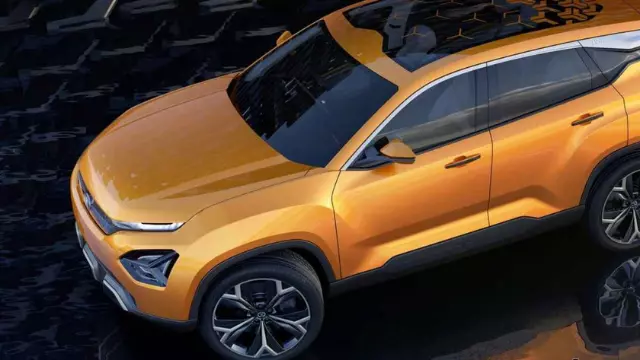
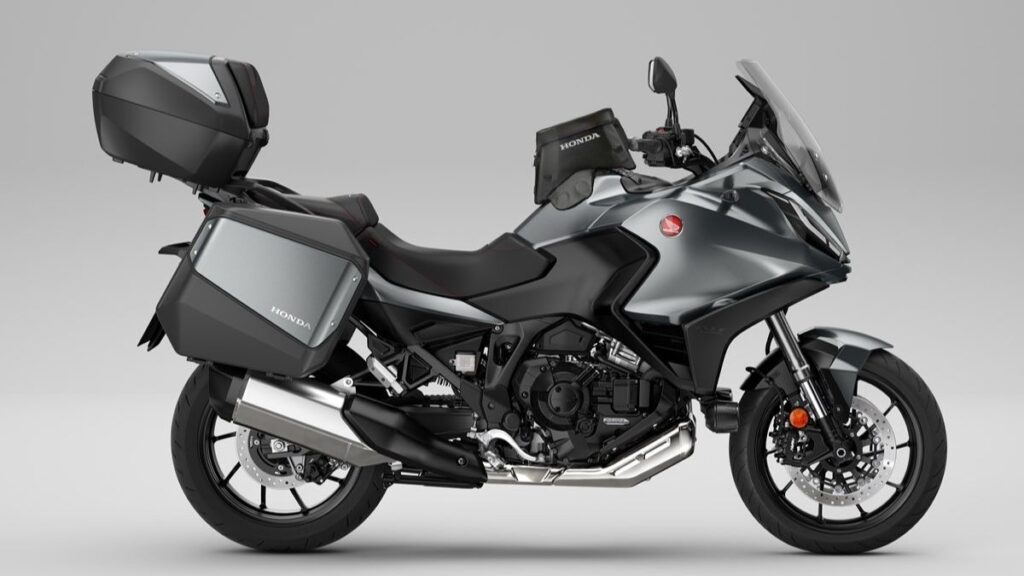
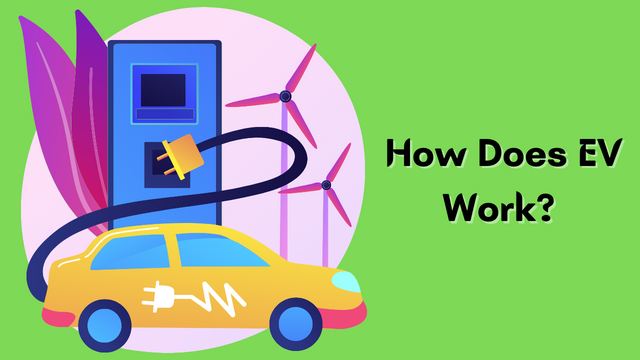
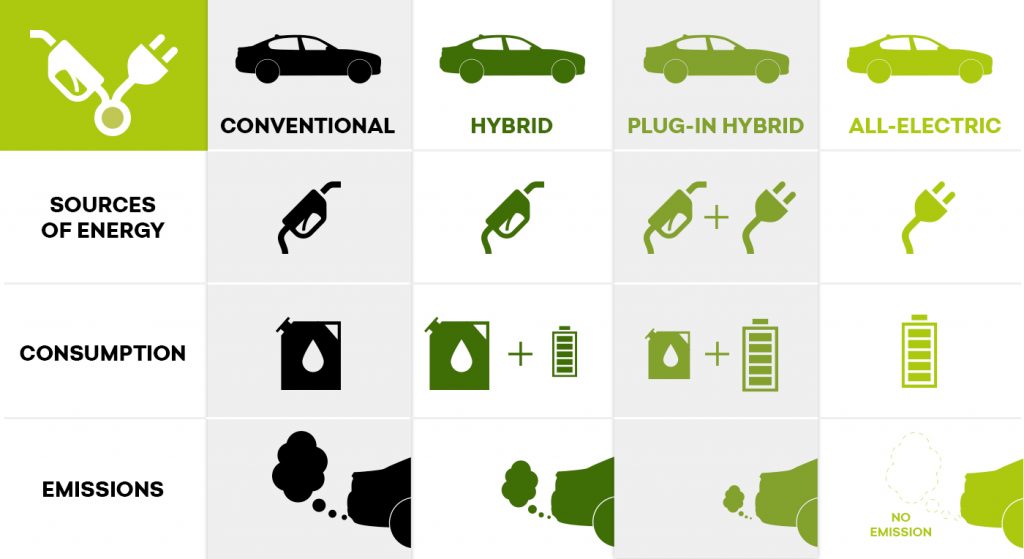

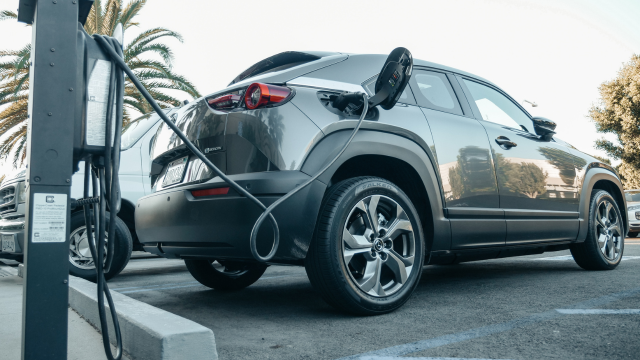



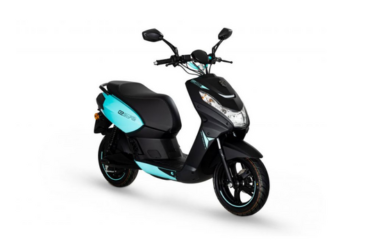
Leave a Review